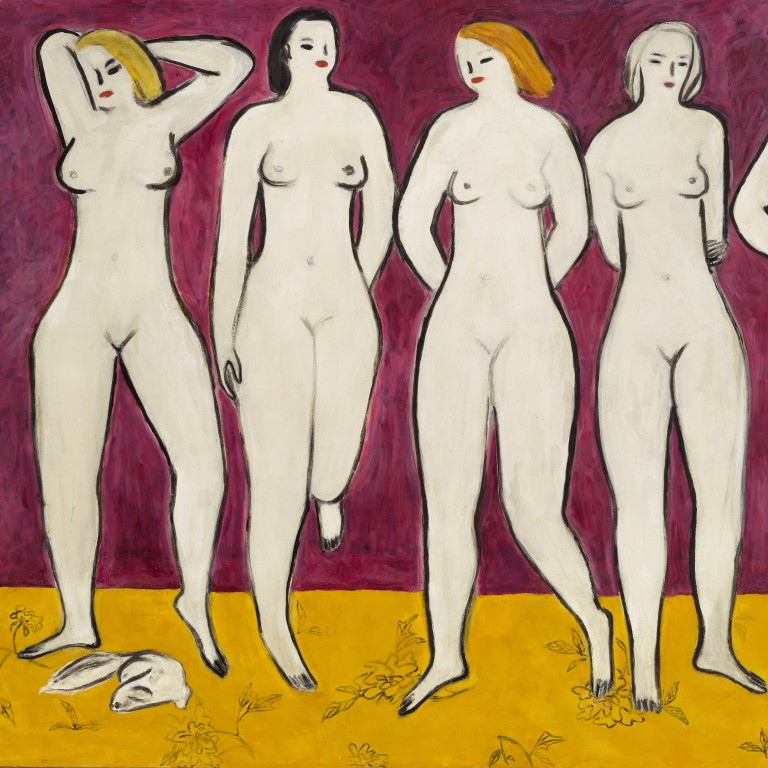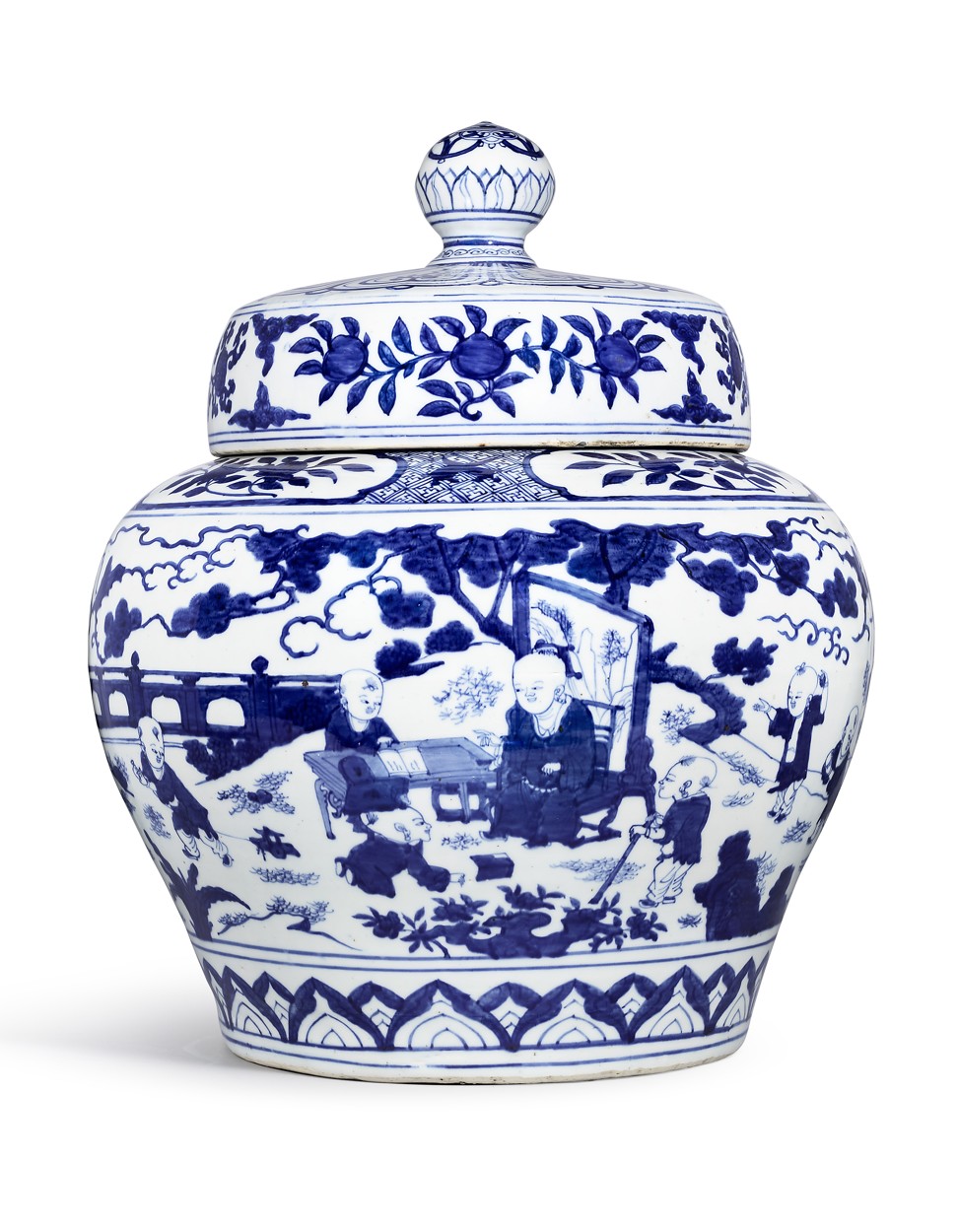
Hong Kong art market battles jitters as protests escalate, but there are reasons to be optimistic
- Sotheby’s October sales were down but not disastrous thanks in part to remote bids
- But robust demand for Chinese works means the outlook remains positive for the city’s auction houses
“Some of my contacts had told me to hold off but most of them were encouraging. And I am glad I came, because the paintings by Andreas Eriksson were almost completely sold and the reception has been remarkable,” he told The Collector a few days into the exhibition, which ended on Thursday.
What a difference a week makes. Since Friedman and I spoke, the turmoil has sharply escalated and there is no doubt the art market in Hong Kong has been badly affected. Commercial galleries say overseas collectors are reluctant to come to Hong Kong.
It may also have heightened mainland China’s reluctance for anything it deems politically sensitive to see the light of day on this side of the border. At least one gallery has seen a shipment of contemporary art from the mainland to Hong Kong held up by censors.

On the plus side, there are no signs yet of Hong Kong’s stash of art being shipped out to alternative storage sites, such as Singapore.
All eyes will be on next week’s auctions, which as we go to press are still going ahead despite severe disruptions to the roads and transport systems.
As for the auctions market, Sotheby’s’ October sales had a final tally of HK$3.3 billion, which was lower than the previous autumn (down 8.6 per cent) and this spring (down 11.6 per cent). But it was not a disaster, partly because bids were coming in remotely and so the situation on the ground in Hong Kong was irrelevant.
Sellers appear to have been reassured by the show of demand. Sanyu’s Nu (1965) sold for HK$198 million (including buyer’s premium) at Sotheby’s Hong Kong last month, setting a record for the Chinese-French artist. Afterwards, the owner of Sanyu’s Five Nudes (circa 1950) placed it with Christie’s with the expectation that it would sell for an even higher price. It is a very different painting from Nu, in which a highly stylised, prostrated nude is outlined in thick, black lines against a white background.
Five Nudes, the largest of Sanyu’s nude paintings, shows five women lined up against a Matissean background, with one holding her arms up in a decidedly Les Demoiselles d’Avignon pose. The consignor had bought it from Taiwanese collector Pierre Chen Tai-ming for HK$128 million at a Ravenel auction in Hong Kong eight years ago, and the current valuation being floated is HK$250 million, making it the top lot by estimated price at Christie’s Hong Kong sales this month.
There’s no chance of a Zao Wou-Ki setting a record this time, since nothing comes close to the scale of the monumental Juin-Octobre 1985, which sold last year for HK$510 million. But at HK$80 million to HK$120 million, the estimate for the Chinese-French artist’s 24.12.59 (1959) before commissions continues to signal the dramatic rise in the market for Zao. The painting last changed hands in 2005, when it was sold in London for a mere £456,000.

Those interested in the Korean Dansaekhwa market will undoubtedly be watching Kim Whanki’s 05-IV-71 #200 (Universe) (1971), a large diptych of swirling universes in blue, black and white that is estimated at HK$48 million to HK$62 million, with Christie’s hoping to test the late artist’s current auction record of 8.5 billion won (HK$57 million), set last year, which is also the published record for any Korean painting.
In the “Chinese works of art” sales, the top lots include a blue-and-white jar with cover showing young boys at play in a traditional scholar’s garden. It is marked as a work from the Ming Emperor Jiajing’s reign in the 16th century. Another highlight is a falangcai bowl with lotus flowers against a “ruby red” background that was made for the court during the Qing Emperor Kangxi’s reign.
Before leaving for the Shanghai art fairs earlier this month, Friedman had this to say of the Hong Kong market: “The challenges faced by Hong Kong are not at all a deterrent for us. This is not a time to abandon but to collaborate, and it seems that the market is proving its resilience.”
It must be noted, however, that tensions have sharply escalated as we go to press while the US-China trade wrangling continues. We will be back with an update on how the sales go.

